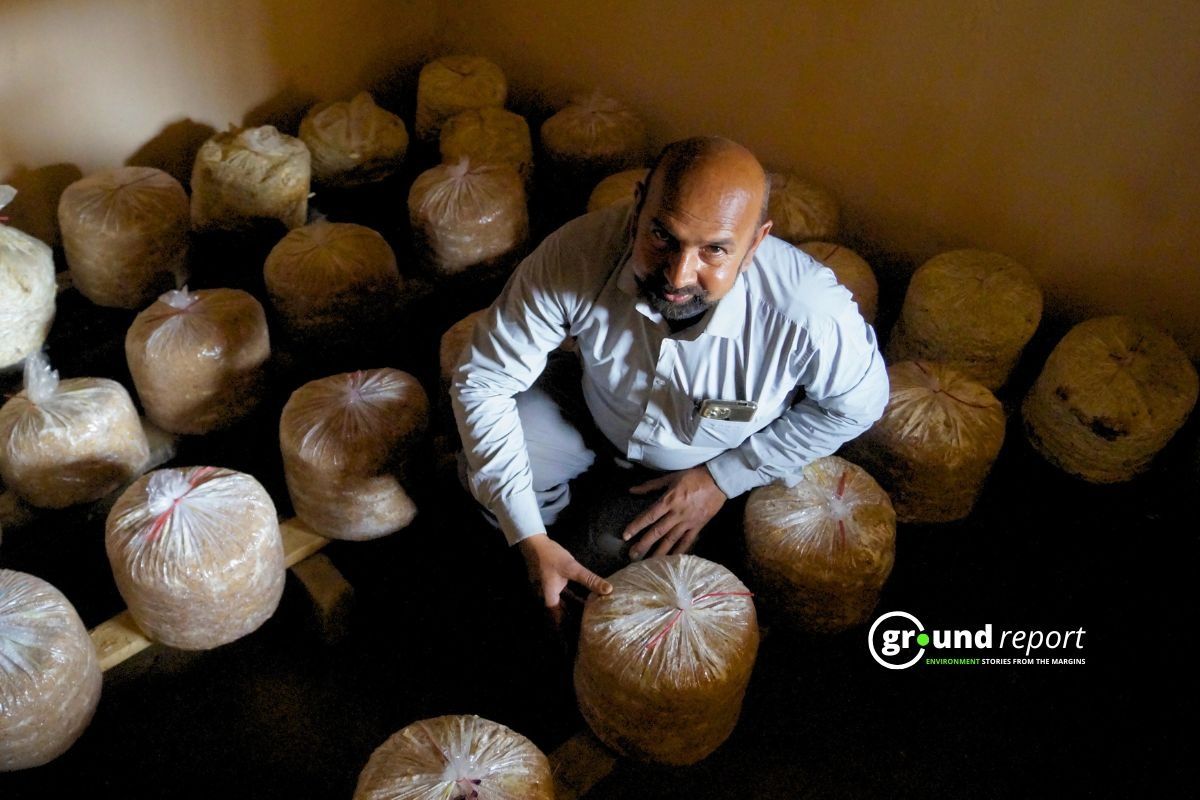Hindon has been one of the most polluted rivers for years, with no apparent progress towards cleaning. It is an important river in western Uttar Pradesh. The river has been polluted by industrial effluents, especially from leather, paint, pesticide, and sugarcane processing plants.
Introduction
Hindon River is a vital waterbody serving millions of people in the 300-350 villages on its bank. The river originates in the Shivalik hills around Saharanpur in western Uttar Pradesh and has deteriorated over the last three decades. Their catchment area covers Saharanpur, Baghpat, Meerut, Mathura, and Ghaziabad in western Uttar Pradesh and Gautam Buddh Nagar, which borders Delhi.
The river is merely a drain for hazardous effluents from industries and household waste. Despite the central government spending around 400 crores on the Namami Gange project to clean the Hindon River, the water quality of the river has only become pure at Chijarsi. However, the Pollution Control Board tests samples from seven locations regularly.

Hindon River and Waste Disposal
Hindon’s water serves for irrigation in millions of square kilometers along its route, but the primary challenge is the effect of effluents from leather, paint, pesticides, and sugarcane units. The polluted water not only affects the people who live in the towns near Hindon, but it also contaminates the groundwater. Furthermore, hundreds of thousands of people in Uttar Pradesh and states nearby are indirectly impacted by the river’s pollution due to their crops cultivated in its toxic water.
Further, Krishna and Kali are two tributaries of Hindon, which also receive toxic chemical waste from industrial facilities. One of the most striking sights is the Begrajpur drain near Muzaffarpur, which dumps tonnes of hazardous chemicals into the Kali River daily. Today, Hindon and both of its tributaries are highly polluted.
The River Dhamola (a Yamuna tributary) is also connected to the Hindon River in monsoon. The Hindon River gets a significant quantity of wastewater daily from the industries and municipal areas of Saharanpur City. The waste is discharged into the river Hindon via the rivers Pandhoi and Dhamola, resulting in the deterioration of water quality.
During the Corona era, the water in the Hindon River was clean and appropriate for aquatic life. But, the situation only worsened after two years. According to the Pollution Control Board’s report, except for Chhijarsi, the rest of the river’s water is inappropriate for irrigation, aquatic animals, or birds. That is why the number of foreign species arriving in the Hindon River has decreased yearly.
The Political Agenda
Last year, the National Green Tribunal issued orders to close more than 100 units. But, the quality of the Hindon River remains the same. There has been no progress, and the scenario has deteriorated. NGT recently ordered critical remedial measures to control the pollution in the river after receiving a complaint that administrative officials and statutory regulators had failed to prevent and remedy River Hindon pollution in Uttar Pradesh.
The bench of Justice A. K. Goel (Chairperson), Justice S. Agarwal (Judicial Member), and Dr. Senthil V. (Expert Member) directed a joint Committee headed by the Chief Secretary, Uttar Pradesh to take remedial action to minimize pollution of Hindon. The team has collaborated with MoEF&CC, NMCG, CPCB, State PCB, and other concerned authorities to deploy field monitoring teams to assess the ground situation.
The Bharatiya Janata Party, which is in power at the national and state levels, only emphasizes cleaning the Ganga River.
Challenges and Remedies
Social worker Sushil Raghav commented that waste generated by industrial facilities is the primary cause of the Hindon River’s pollution. Although the Pollution Control Board officials undertake initiatives yearly to make Hindon cleaner, the results are very modest. According to the study, the Hindon River passes through numerous state districts from Saharanpur to Gautam Buddha Nagar. The amount of dissolved oxygen, organic chemical oxygen, or BOD, in the river water at this distance is quite hazardous.
When the pollution control board collects materials for testing in such a situation, its results could be more favorable. After collecting water samples in February, the board reported that water was only successfully transported from Saharanpur to Noida at Chijarsi. Animals and agriculture both benefit from this location’s water. In addition, other locations have noted the Hindon River’s very bad, or E-category, water quality.
The pollution commission collects water samples for analysis from seven different locations. These include Chhijarsi Bridge on the Delhi-Meerut Expressway, GT Road close to Hindon Bridge, Sardhana Baghpat Road in Meerut, Karhera in Ghaziabad, and Maheshpur in Saharanpur. In addition, Noida Kulesara is used to collect a sample of Hindon water.
Testing on samples took place in February. According to reports, the rivet near Chijarsi has been cleaned. The CPCB has ordered the district officials within a 400 km radius of a river to make it clear.
Keep Reading
- Know all about Buddha Darya Action front and their demands
- Focus on cleaning the Sabarmati river; the second most polluted river
- Journey of Ludhiana’s Buddha Nullah now a toxic water body
- Ganga water pollution: Ganga is now a source of cancer
Follow Ground Report for Climate Change and Under-Reported issues in India. Connect with us on Facebook, Twitter, Koo App, Instagram, Whatsapp and YouTube. Write us on GReport2018@gmail.com.









